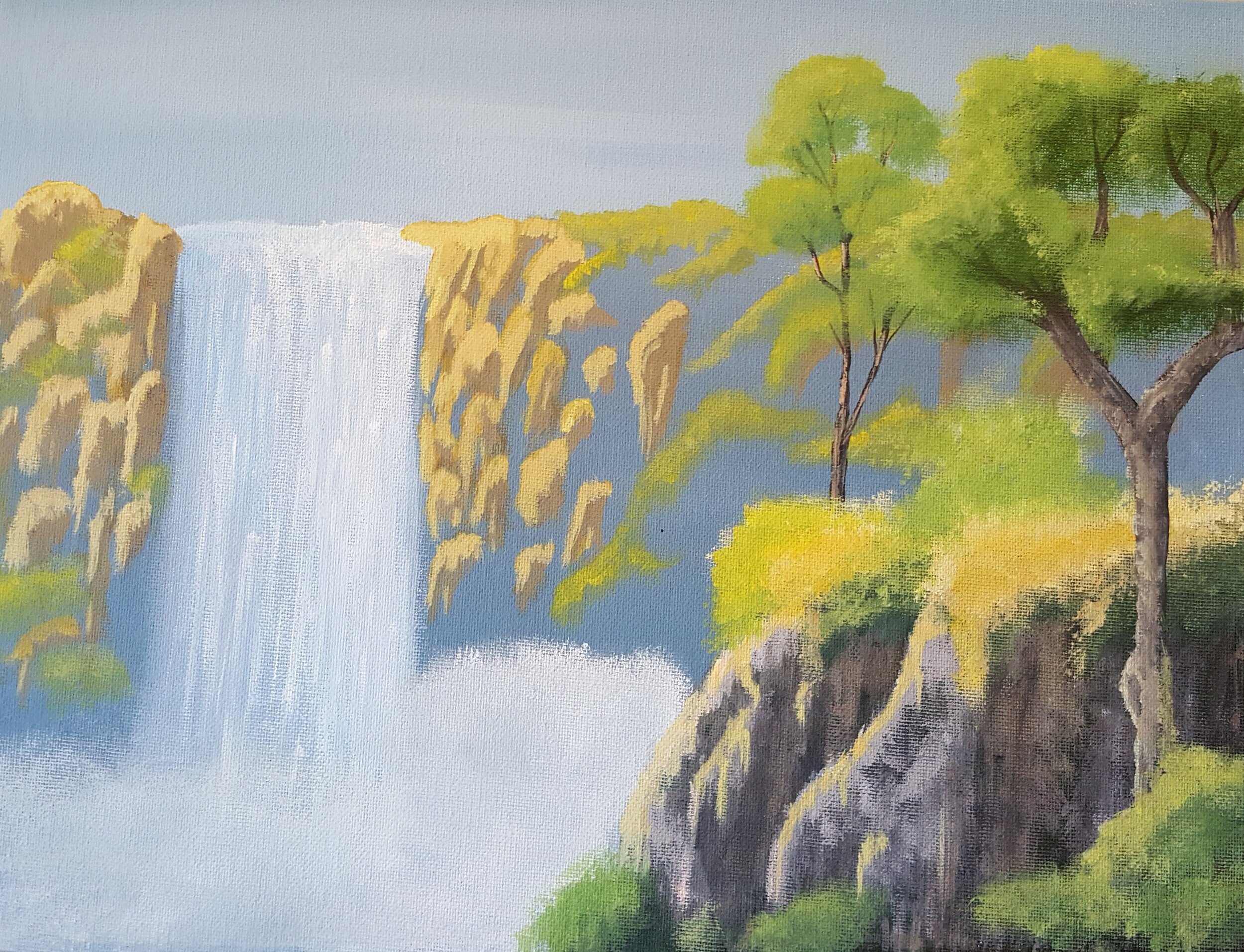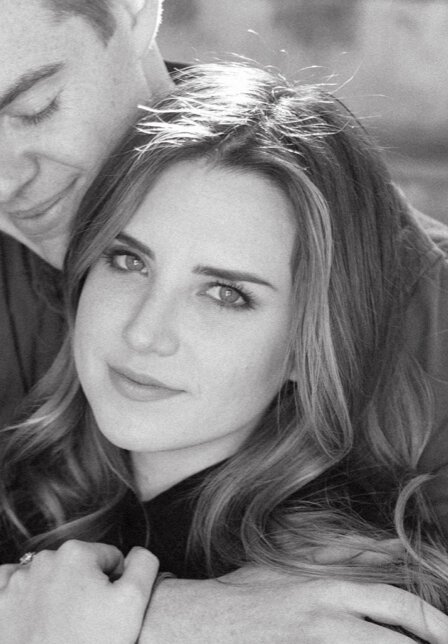Volume 27
August - 2021
By: Scott goldstein, md
Cover: rockslide
I found painting to be a very therapeutic hobby. When I paint, I just think about the process of painting. I don’t think about bills , work, stress, patients, etc.... My brain is focused on the painting and gives my mind and body a break from the everyday stressors. Without painting, I think I would have burned out long ago, as the process of putting paint on a canvas, slows my brain down to process.
Acrylic on canvas
Letter from the Editors:
Welcome to Art of Emergency Medicine, an online blog featuring amazing works of art created by your Emergency Medicine colleagues along with their own stories of wellness and inspiration. In addition to sharing their art, we also try to include how we are focusing on wellness each month. This month, after almost a year and a half of serving on the frontlines of a pandemic, we’re ready to tackle coping with difficult cases - those heartbreaking moments that we all run into and were all to prevalent over the last year.
Whether by medical error, severe disease, or poor luck, we have all been involved in difficult cases that affect us both mentally, emotionally, and may cause us to doubt our skills and knowledge. It is normal to feel emotions of frustration, distress, guilt, and anger. Studies have demonstrated that up to half of residents feel these and it may result in social isolation, breakdown of team dynamics, and emotional exhaustion related to work. However, these same studies have given us methods of coping with these cases.
Debrief: Talking with coworkers, coresidents, attendings about cases and outcomes is the most common method of coping and helps to connect with people who understand the difficulties of the profession and are able to connect and reason through the details of the case. It also helps create sense of camaraderie and combat isolation as professionals realize similar experiences have happened to others. In multiple studies, this social connection has proven to have the greatest effect on resiliency.
Learning/Changing: Utilizing the time that one spends dwelling on poor outcomes can be constructive. Refocusing this review from shame/blame to an opportunity to learn and change your practice will inspire new confidence when encountering a similar case the next time. Take the opportunity to learn and improve from subtle details you may have missed and will pick up on next time.
Physical Activity (and rest): To build resilience and emotional fortitude, we too must be at our best before we can adapt and continue to provide care. Make sure you are managing your sleep, exercising your body, and doing things that will keep you healthy as well.
Practice Mindfulness: Taking a look at those skills developed by our oncology colleagues and coping methods by combat medics, the ability to limit one’s emotional response and remain calm may help limit the intensity of distress, anger, and guilt from these situations. Take the opportunity to start with either guided meditation or develop short, simple mindfulness techniques you can employ while on shift (ie - Square Breathing).
Consider Low-Stress Activities: Participate in those hobbies and pursuits that leave you fulfilled and allow you opportunities to reflect on past experiences without increasing your own stress. Narrative medicine, artwork, photography, and writing are all fantastic examples of this.
Seek Help: Often times, these emotions and distress cannot be handled individually. Know when you are no longer your best self and reach out for help, speak with a therapist, or join support groups.
By: Ross fleischman, MD
Salvation mountain
Salvation Mountain and the nearby free community of Slab City, California was closed due to COVID. It have now reopened. Photographed on a 2017 scooter ride around the Salton Sea.
Panasonic micro 4/3 system. 8mm lens, 1/125 at f/16
By: Stephanie suzadail
Untitled PHoto Series
By: haeden eagar
Jabba the Pup
This is a memorial portrait for a classmate’s dog who passed away in our first year of medical school. With the ups and downs of both life and medical school, the friends I have made in my medical journey are my new family members for a lifetime.
Acrylic on canvas
By: Jonathan Warren, MD
A Night Amongst the Stars
Hiking, camping, and late nights out with friends make for both some relaxing recovery from the hospital and for great photos as well. Can’t wait until there are a few more nights off where I can escape to some beaches or desert and snap some great photos of the Milky Way.
Do you want to see your art shared with the community? Don’t forget to submit today!
Finally, don’t forget to share Art of Emergency Medicine with your colleagues, friends, and family on Twitter or Instagram and like us on Facebook for all the latest news!
This Months Featured Artists:
Haeden Eagar
I am a third year medical student with a lifelong dream of practicing EM. I starting painting during medical school as my mind often needed a break from thinking about science. My favorite thing is that art has no “rules” to follow. I have recently begun quilting and look forward to making my own patterns.
Ross Fleischman, MD
Ross Fleischman is an attending physician at Harbor-UCLA Medical Center in Torrance, California.
Scott Goldstein, MD
I am a dual board certified emergency/EMS physician in the Philadelphia area. After a spending years looking for an outlet I went to one of those paintings with wine one night with my wife. After that, I tried on my own and unknown to anyone (even myself) I wasn't half bad. I became self taught in painting of acrylic on canvas and painting coffee on watercolor. See more of his work on instagram.
Stephanie Suzadail
Stephanie Suzadail is a flight nurse and previous EMT and firefighter.
Jonathan Warren, MD
A PGY-2 at Harbor-UCLA Medical Center and founder of Art of Emergency Medicine. His hobbies include photography, hiking, Netflix, and dogs. He’s always on the lookout for the next adventure. Find more of his photography on Instagram.
You can learn more about the artists featured in this and other volumes at our contributors page!










